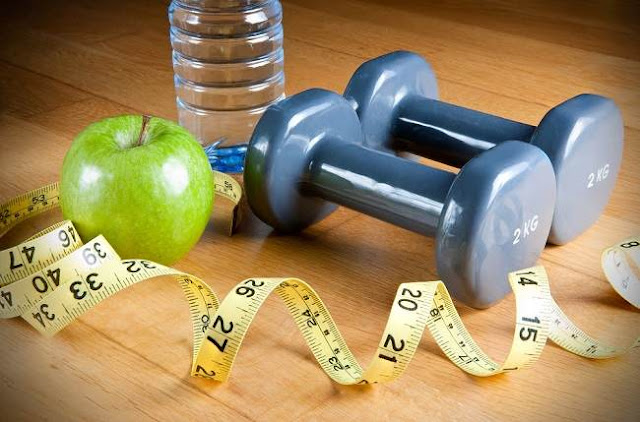Understand the Phases in the Menstrual Cycle
Menstruation is a natural thing experienced by a woman. Although it has been experienced since I was a teenager, not all women know what really happens in the body during the menstrual cycle.
Menstrual cycles are changes in a woman's body, especially in the reproductive organs. Menstruation occurs when the lining of the uterine lining (endometrium) is thickened due to the absence of fertilization of the egg. Menstrual cycles vary from woman to woman, can occur between 23-35 days, but the average menstrual cycle is 28 days.
Hormones That Affect Phases in the Menstrual Cycle
Basically, the menstrual cycle is divided into several phases that are regulated by five hormones in the body. The hormones in question include:Estrogen
Hormones produced in the ovary play an important role in the body, especially in ovulation in the female reproductive cycle. The hormone estrogen also plays a role in adolescent body changes during puberty and is involved in the re-formation of the lining of the uterus after menstrual periods.
Progesterone
This hormone works in conjunction with estrogen to maintain the reproductive cycle and maintain pregnancy. Similar to estrogen, progesterone is also produced in the ovaries and plays a role in thickening of the uterine wall.
Gonadotrophin-releasing hormone-GnRh hormone
Produced by the brain, this hormone helps stimulate the body to produce follicle stimulating hormones and lutein hormones.
Luteinizing hormone (LH)
The egg and ovulation process are produced by the ovary thanks to stimulation from this hormone.
Follicle stimulating hormone (FSH)
This hormone functions to help the egg in the ovary mature and ready to be released. This hormone is produced in the pituitary gland in the lower part of the brain.



Comments
Post a Comment